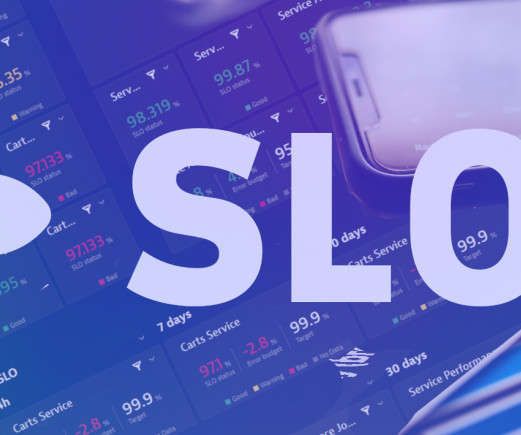Site reliability done right: 5 SRE best practices that deliver on business objectives
Dynatrace
MAY 31, 2023
That’s why good communication between SREs and DevOps teams is important. Aligning site reliability goals with business objectives Because of this, SRE best practices align objectives with business outcomes. 5 SRE best practices Let’s break down SRE best practices into the following five major steps: 1.











Let's personalize your content